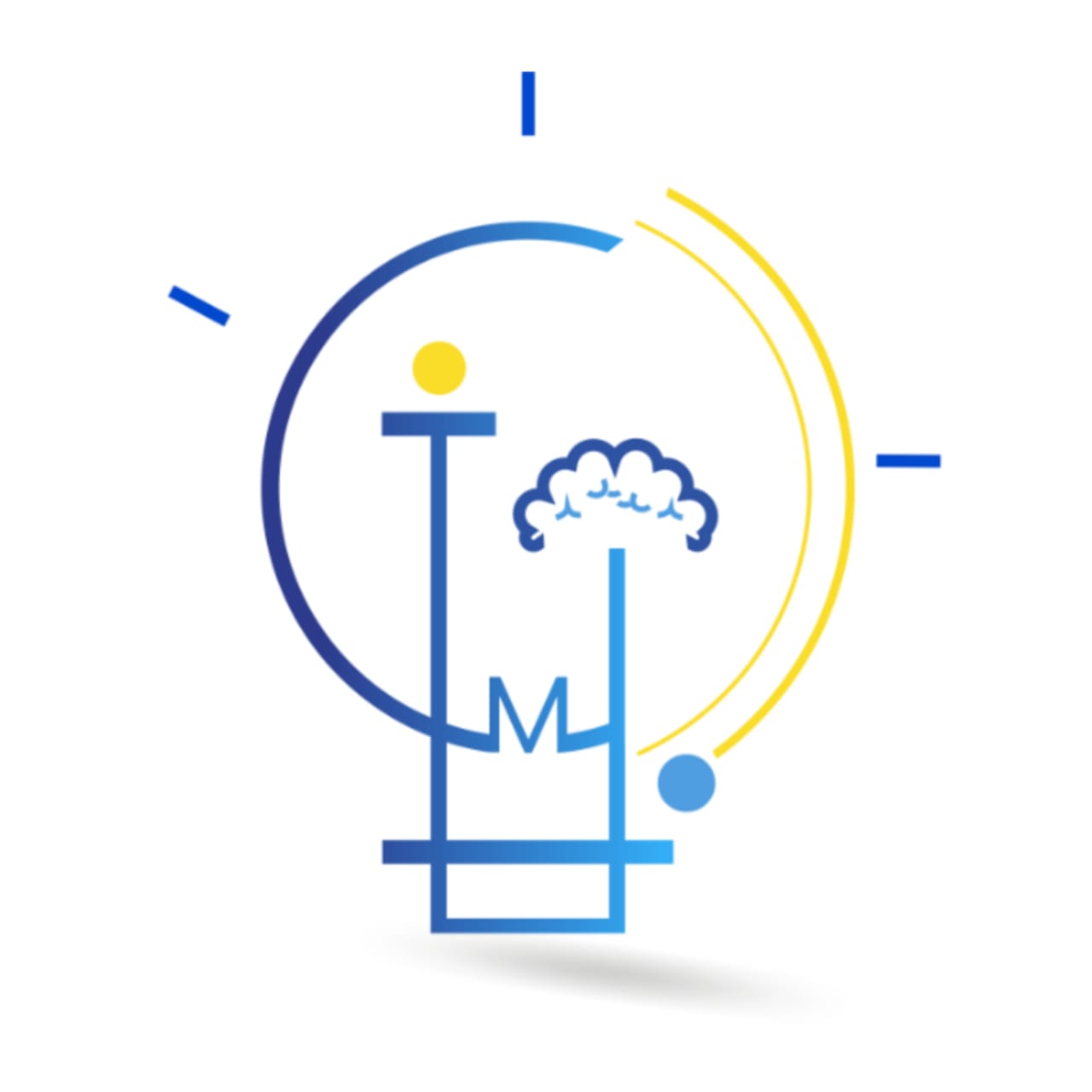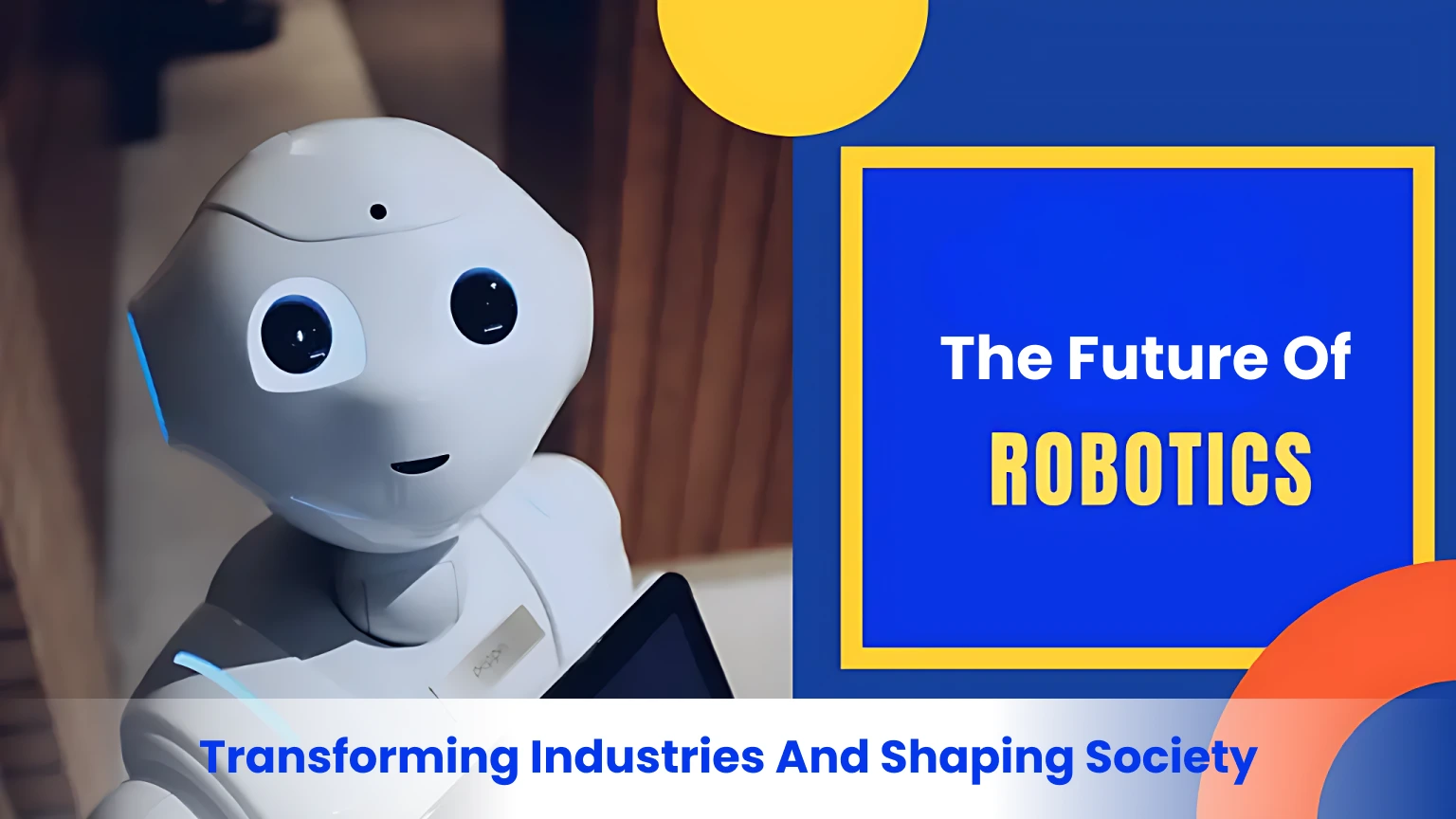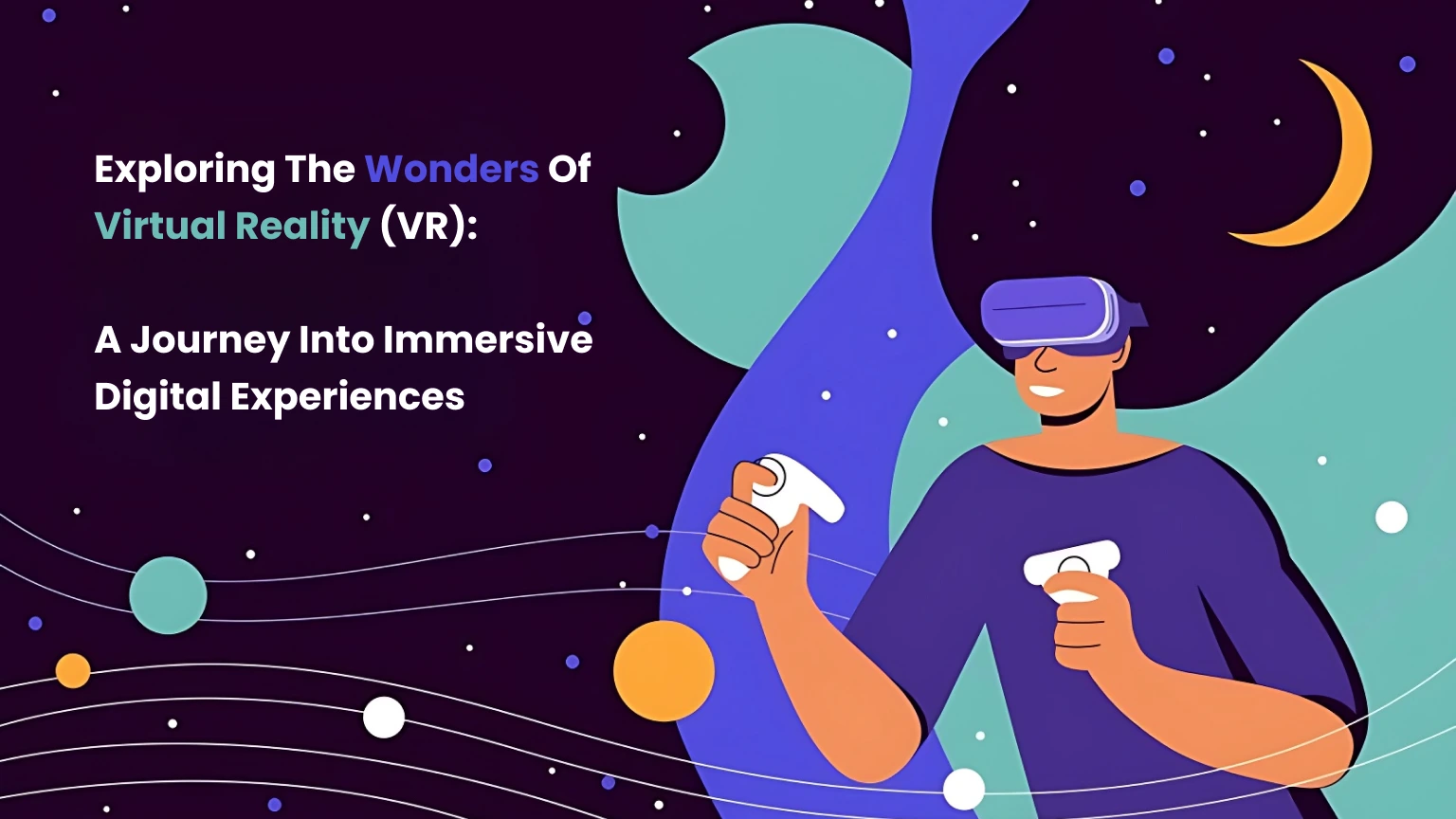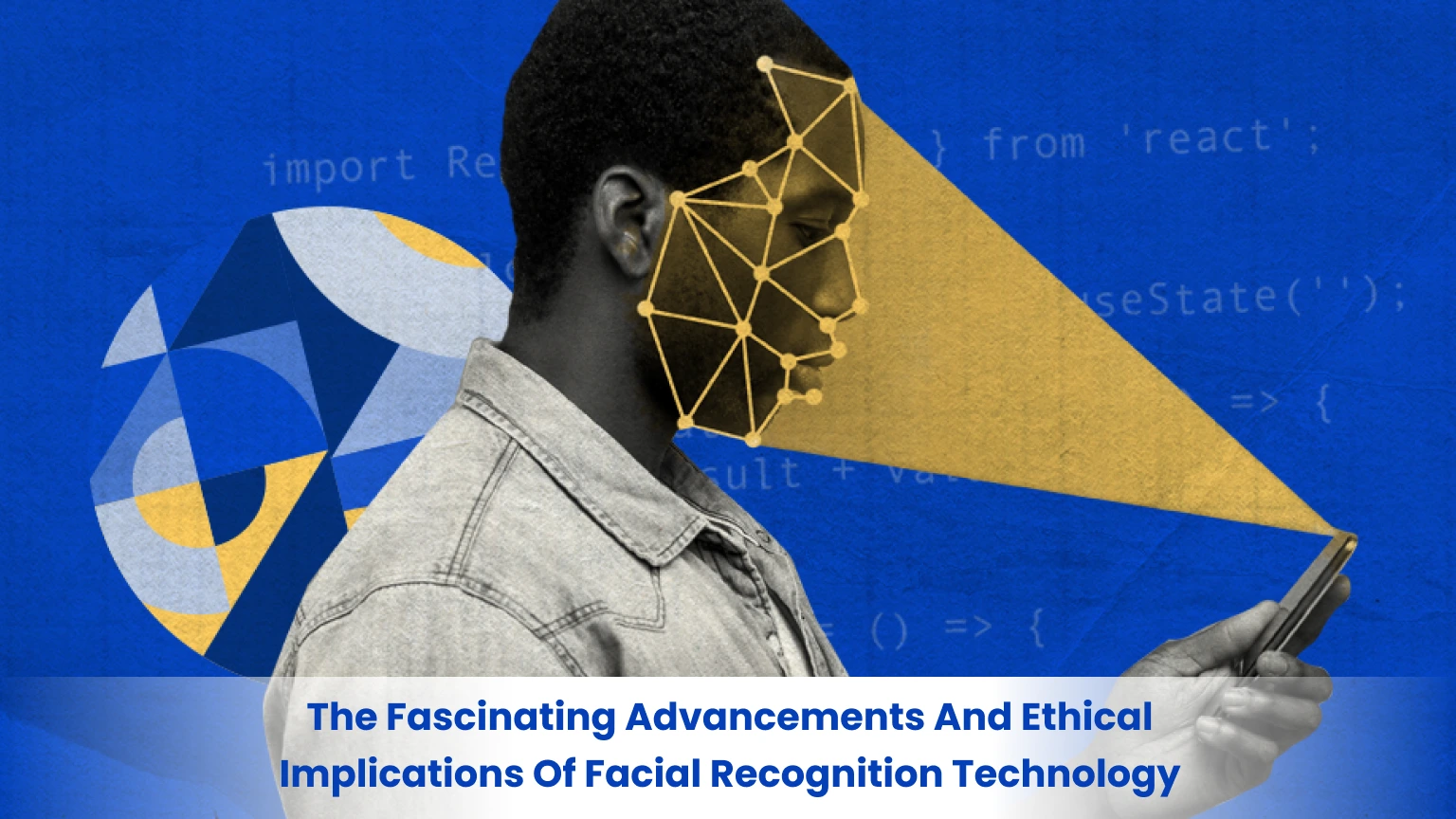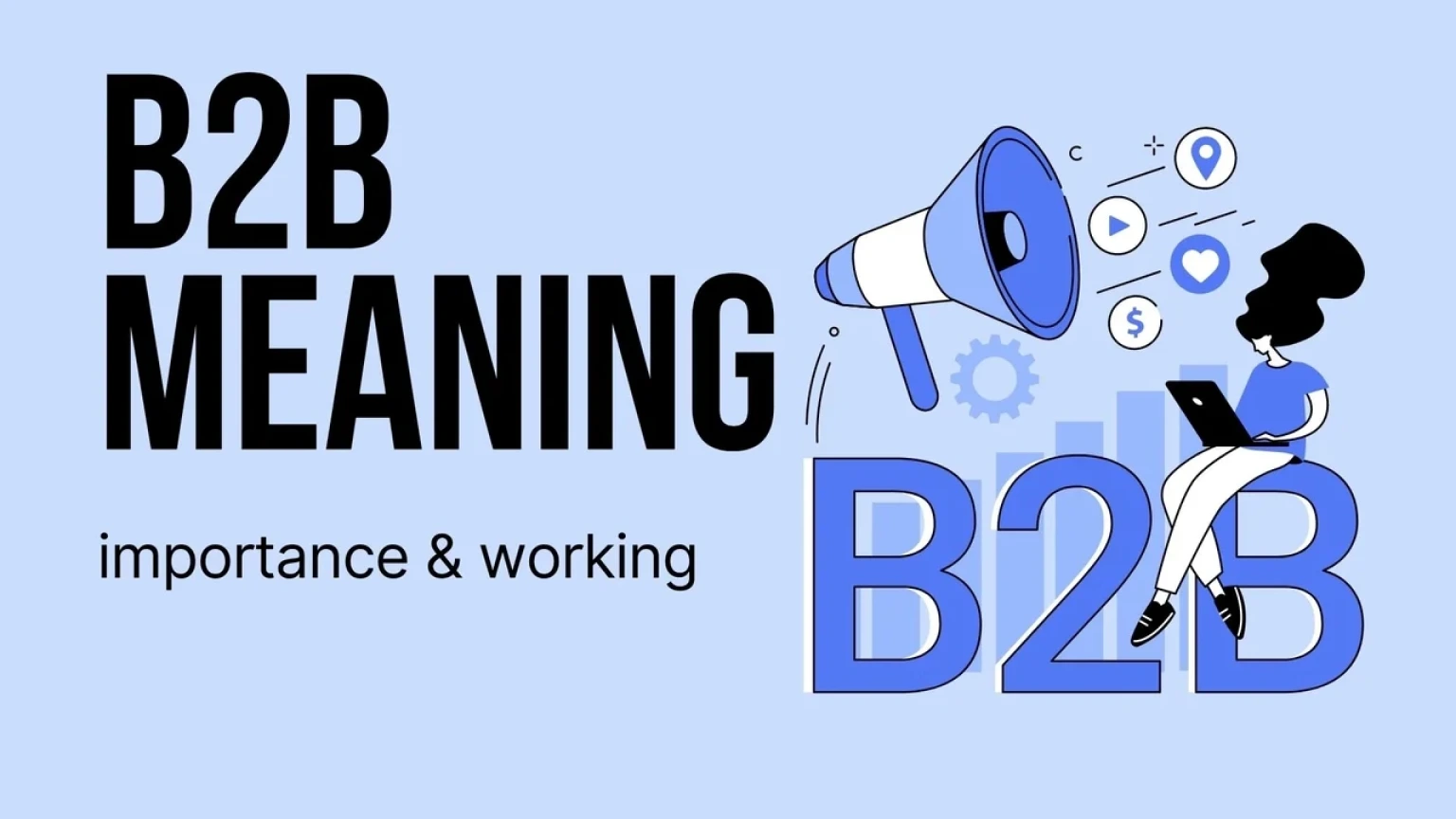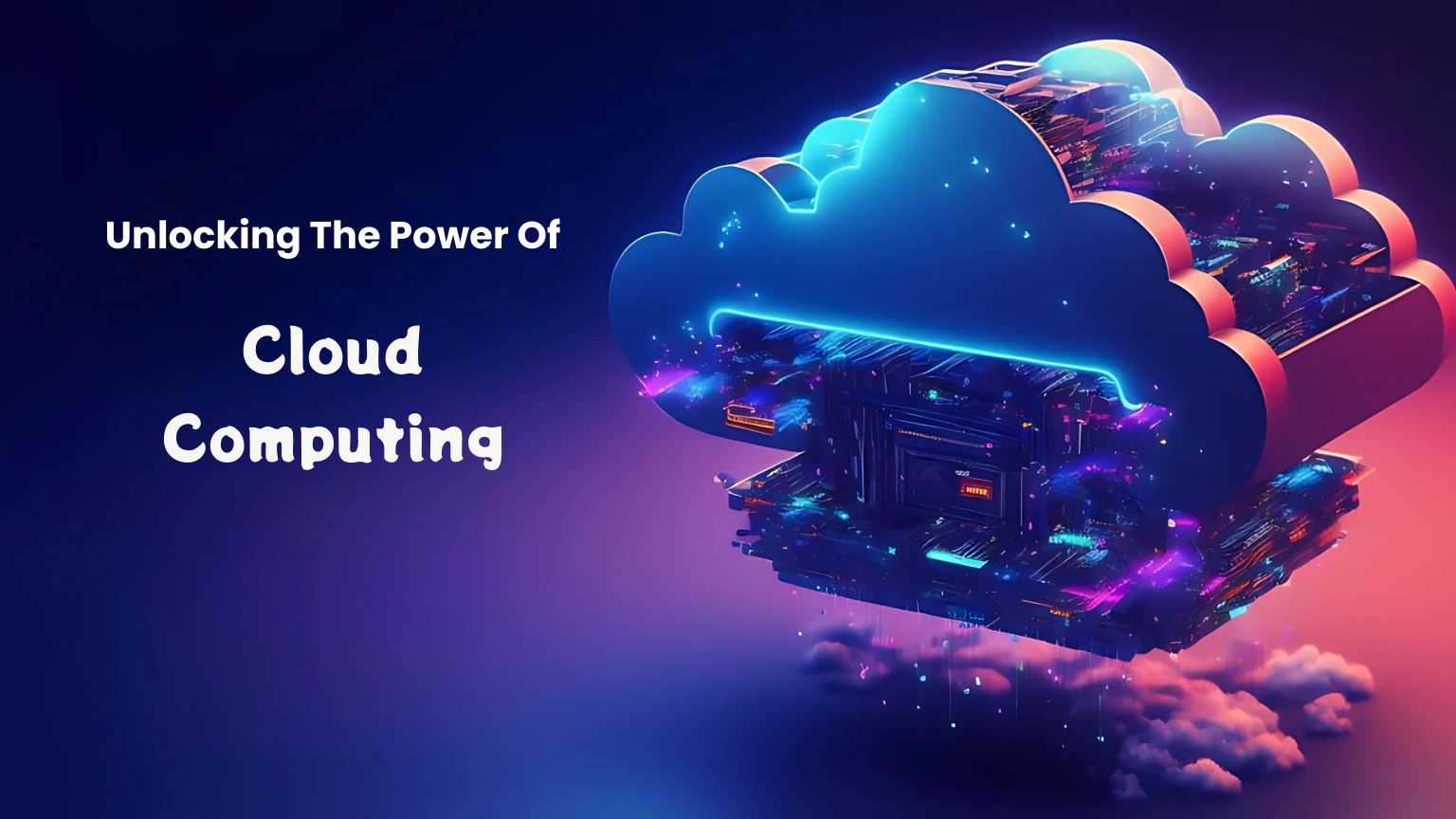Introduction:
Robotics and automation technology have rapidly advanced, paving the way for a future that was previously thought to be the stuff of science fiction. Robotics and automation are transforming sectors all around the world, from self-driving vehicles and delivery drones to robotic surgeons and automated manufacturing systems. We shall explore the fascinating potentials and possible ramifications of the future of robotics and automation in this blog.
Increasing Productivity and Efficiency: One of the main advantages of robots and automation is their capacity to raise productivity and efficiency across a range of industries. Robots can complete complicated jobs quickly and accurately by combining artificial intelligence and machine learning techniques. Healthcare, logistics, and other industries are undergoing a tremendous upheaval. Robots can laboriously complete repetitive chores, freeing up human workers to concentrate on more difficult and imaginative activities. This raises production quality and increases productivity while lowering the chance of human error.
Collaborative Robots (Cobots):
Cobots, or collaborative robots, are made to work side by side with people, sharing a workplace and collaborating on projects. Cobots can interact with people safely since they are built with cutting-edge sensors and security measures. This creates new opportunities for collaboration between humans and robots in sectors including manufacturing, logistics, and healthcare. Cobots can help workers by completing risky tasks that might otherwise endanger human workers, such as heavy lifting and precision assembly work. Cobots have a great deal of potential to enhance human talents in the future and establish a happy coexistence between people and robots.
Healthcare Automation: Automation has the ability to completely transform the industry. Artificial intelligence and machine learning algorithms enable robotic surgeons to perform difficult operations with accuracy and precision. These surgical robots have the potential to improve patient outcomes and shorten recovery times through improved visualization, increased dexterity, and reduced invasiveness. Medication dispensing, patient monitoring, and even robotic exoskeletons that help with rehabilitation are all examples of tasks in the healthcare industry that have been automated. Robotics and automation will be seamlessly integrated into healthcare in the future, enabling more accessible and effective healthcare services.
Impact on the labor: Despite the many advantages that robotics and automation offer, there are legitimate concerns about how they may affect the labor. A critical problem is the worry that automation would result in job losses. The development of new technologies frequently results in the creation of new employment and the evolution of old responsibilities, as history has demonstrated. The secret is in adapting and upskilling the workforce to work alongside robots and concentrate on activities that call for creativity, critical thought, and emotional intelligence. For a seamless transition and to fully realize the promise of human-machine collaboration, governments, educational institutions, and enterprises must engage in reskilling and retraining programs.
Conclusion: Robotics and automation have the potential to revolutionise industries, boost productivity, and enhance our quality of life. Robots will likely become much more advanced and capable as artificial intelligence, machine learning, and robotics continue to improve. Although there are difficulties and ethical issues, with careful planning and cooperation, we may create a future where humans and robots live in peace, utilizing each other’s talents and expanding the bounds of what is possible. Robotics and automation are here, and it is up to us to responsibly embrace them and shape them for everyone’s advantage.
AUTHOR-RYAN KHAN
Disclaimer: The author(s) of this blog are solely responsible for the content posted. The blog platform serves as a medium for their expression, and the platform administrators assume no liability for the accuracy or legality of the content.
